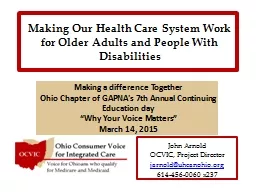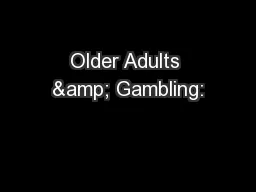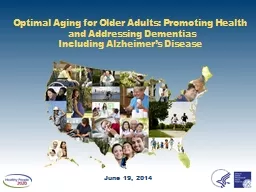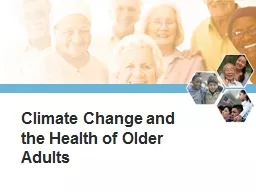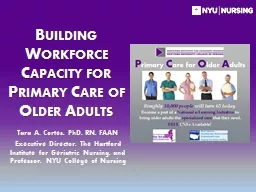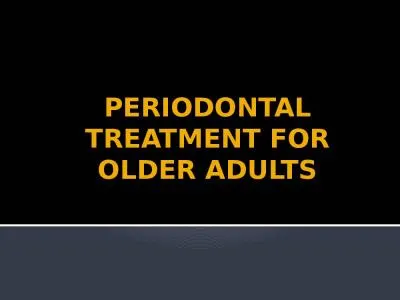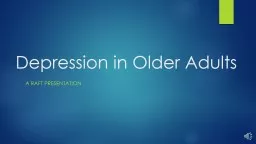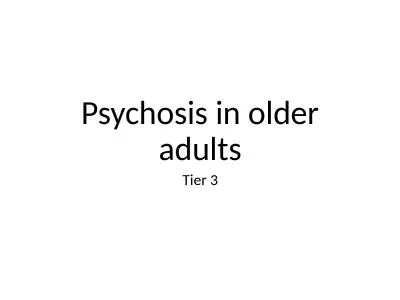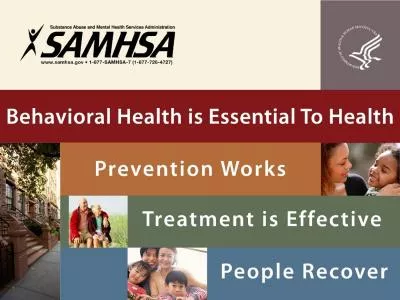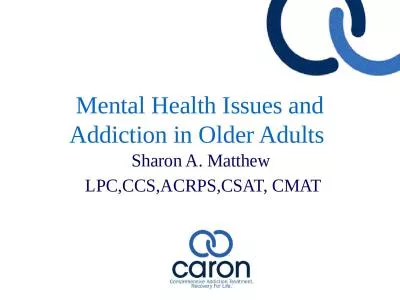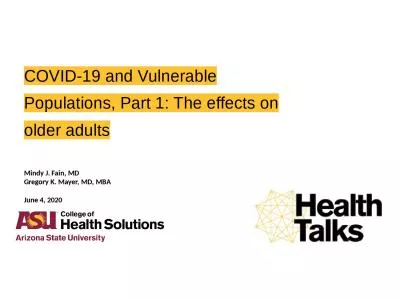PPT-Making Our Health Care System Work for Older Adults and Peo
Author : danika-pritchard | Published Date : 2016-03-29
John Arnold OCVIC Project Director jarnolduhcanohioorg 6144560060 x237 Making a difference Together Ohio Chapter of GAPNAs 7th Annual Continuing Education day Why
Presentation Embed Code
Download Presentation
Download Presentation The PPT/PDF document "Making Our Health Care System Work for O..." is the property of its rightful owner. Permission is granted to download and print the materials on this website for personal, non-commercial use only, and to display it on your personal computer provided you do not modify the materials and that you retain all copyright notices contained in the materials. By downloading content from our website, you accept the terms of this agreement.
Making Our Health Care System Work for Older Adults and Peo: Transcript
Download Rules Of Document
"Making Our Health Care System Work for Older Adults and Peo"The content belongs to its owner. You may download and print it for personal use, without modification, and keep all copyright notices. By downloading, you agree to these terms.
Related Documents

